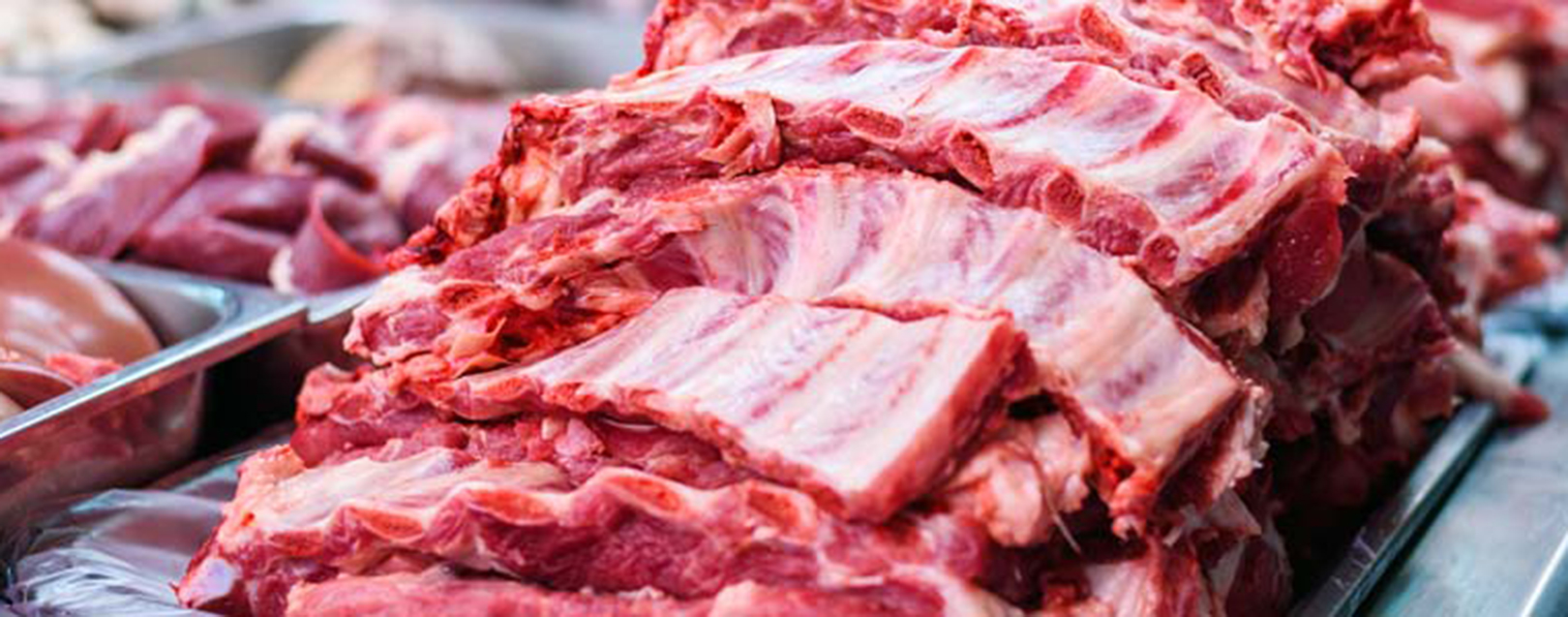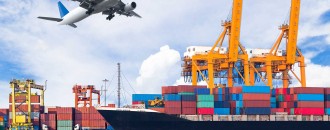
India can make Russia’s friction with the West count: Possibility or a figment of my imagination?
Putin’s support to pro-Russian rebels in Ukraine and the takeover of Crimea made US and EU angry. And as expected, the expression of anger took the form of a foreign policy change. Over the past three weeks, US, Canada, Australia, EU, and Norway have implemented with immediate effect, a fresh series of economic sanctions against Russia. From banking to travel and tourism, these sanctions were crafted to give Moscow some troubled nights to rethink its strategy in Ukraine. What Russia did however, was return the favour with a slamdunk! In the past couple of days, the country has banned imports of various items from the aforementioned nations. The new ban will of course trouble manufacturers and exporters across EU, US and other countries that Russia doesn’t classify as “ally”. Surely, the ban will not last forever. On paper, it has been imposed for a year on food items including fruit, vegetables, meat, fish, milk and dairy imports. The big question is – who will gain from the losses of European fruit, Australian beef and Canadian seafood exporters and many other traders across “anti-Russian” nations who have exported much to Russia until now? India? Perhaps. There are expectations in the Indian camp that other than items that have been declassified from the list of allowed exports by Russia (from the select originating nations), there are other items like automobiles, aircraft parts, electrical machinery, meat, chemical products, iron and steel, etc., that India can now export to Russia in increased volumes. If you go by how much of a given category is imported by Russia from the world vis-à-vis from India, you’ll be disappointed to learn that India till date wasn’t probably doing justice to treating Russia as a consumer market. Think of meat. Of the $6.8 billion worth of bovine meat imported by Russia in 2013, India’s contribution was “NIL”! India’s contribution in Russia’s imports of some other products (in 2013) stood as follows: marine products – less than 1.3%, plastics – less than 0.5%, automobiles other than railway – less than 0.3% and aircraft and spacecraft – 0.2%! These are amongst products which the Indian Ministry of Commerce feels the country has a chance of making the ban in Russian count. It could be that I am only looking at the glass half-empty. It could be that think tanks in the Ministry of Commerce are reading the tarot cards right. In the absence of rich supplies (the recent ban on select countries imposed by Russia actually affects just 8% of its agriculture-related imports; so I wonder, what the heightened excitement is all about!), India, which has till date failed to meet the strict import-related animal health norms in Russia (therefore leading to zero exports of bovine meat and poultry eggs to Russia from India), could play a substitute in the absence of supplies from the Western nations. Question is: will India’s produce adequately qualify as “substitutes”? Secondly, policy think tanks seem to have already assumed that we can also fulfil high-end technology demand from Russia; ask yourself, isn’t India more of a market for importing technology and isn’t (according to a study by Deloitte titled, ‘The Indian Electronics: Manufacturing Sector - Bundle of Opportunities’) our very import bill of electronics expected to surpass that of oil by 2020 with manufacturing in India meeting just 25% of the total domestic demand (as per NASSCOM, imports bill of electronics by India in 2020 will be 100% more than that of oil imports)? Seems unlikely that India can take substantial advantage of the vacuum of supply that has come into effect in Russia. And even if we assume that we can make hay… the opportunity will not be permanent. Isn’t it? And why are we assuming that India is the only nation waiting to lap up consumer wallets in Putinland? As per Russia’s agricultural monitoring agency, Rosselkhoznadzor, meat and dairy products from Ecuador, Chile and Uruguay is likely to hit Russian market even before August is done. And other bigger Latin American nations like Brazil and Argentina are only waiting to meet Medvedev and Putin to make the next 365 days of antagonism between Russia and the West count. Brazil, Argentina, Chile, Uruguay and Ecuador – these five nations seem to be more prepared to take advantage of the import gap in the food sector that will be created in Russia starting this month. What India hopes is that the ban is extended to other product and service categories as well. If that happens, we might be in a better position to shake hands with Moscow. But that would again imply looking at the glass half-full. What do you think?






 to success.
to success.